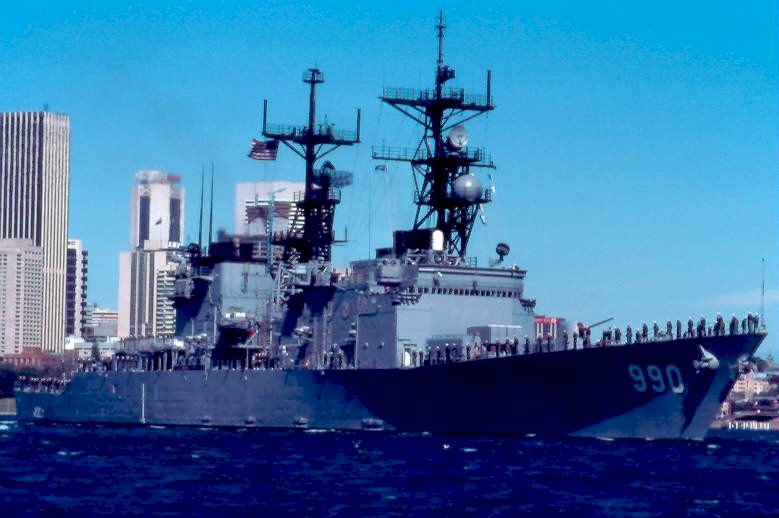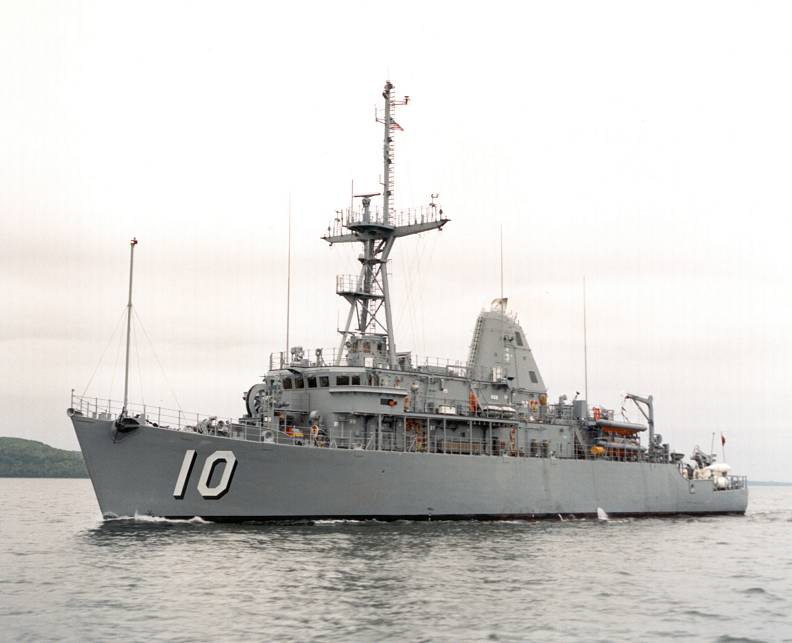 I caught a TV news spot last night announcing a local event to benefit our Sea Turtles who frequent South Florida coastal waters; several species return to our local beaches to nest. The nesting season for some of these species is closing on us, and the Loggerhead Marinelife Center, whose purpose is to support conservation and rehabilitation of the Loggerhead and other Sea Turtles down the road a ways in Juno Beach, has announced the Loggerhead Luau event to be held on Saturday February 28, proceeds to benefit the Center.
I caught a TV news spot last night announcing a local event to benefit our Sea Turtles who frequent South Florida coastal waters; several species return to our local beaches to nest. The nesting season for some of these species is closing on us, and the Loggerhead Marinelife Center, whose purpose is to support conservation and rehabilitation of the Loggerhead and other Sea Turtles down the road a ways in Juno Beach, has announced the Loggerhead Luau event to be held on Saturday February 28, proceeds to benefit the Center.The town of Juno Beach (among others) undertakes an annual practice of turning off lights along the nesting beaches and encouraging residents to minimize outdoor lighting to help prevent the turtles' becoming confused during their terrestrial navigation to and from their nesting sites, as they instinctively follow the brightest light back to the ocean.
 Sadly, some imported cultures here consider sea turtle eggs a delicacy and people ignorant of or uncaring about laws protecting these creatures are sometimes caught looting the sea turtle nests for their eggs. The education of the public here is a significant effort to reduce the artificial lighting problem for the turtles and prevent the needless turtle egg poaching. Beaches are surveyed during nesting seasons to locate and mark the nests to prevent their being disturbed.
Sadly, some imported cultures here consider sea turtle eggs a delicacy and people ignorant of or uncaring about laws protecting these creatures are sometimes caught looting the sea turtle nests for their eggs. The education of the public here is a significant effort to reduce the artificial lighting problem for the turtles and prevent the needless turtle egg poaching. Beaches are surveyed during nesting seasons to locate and mark the nests to prevent their being disturbed.I hope these keiki haole honu can grow up to return for a future Luau in their honor one day. Their odds of survival are astronomical, with seagulls, dogs, marine predators and worse of all, poachers.
















